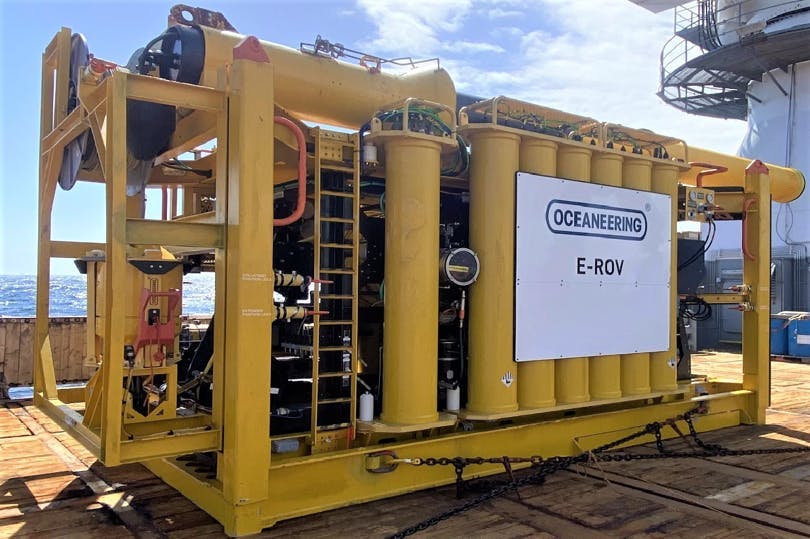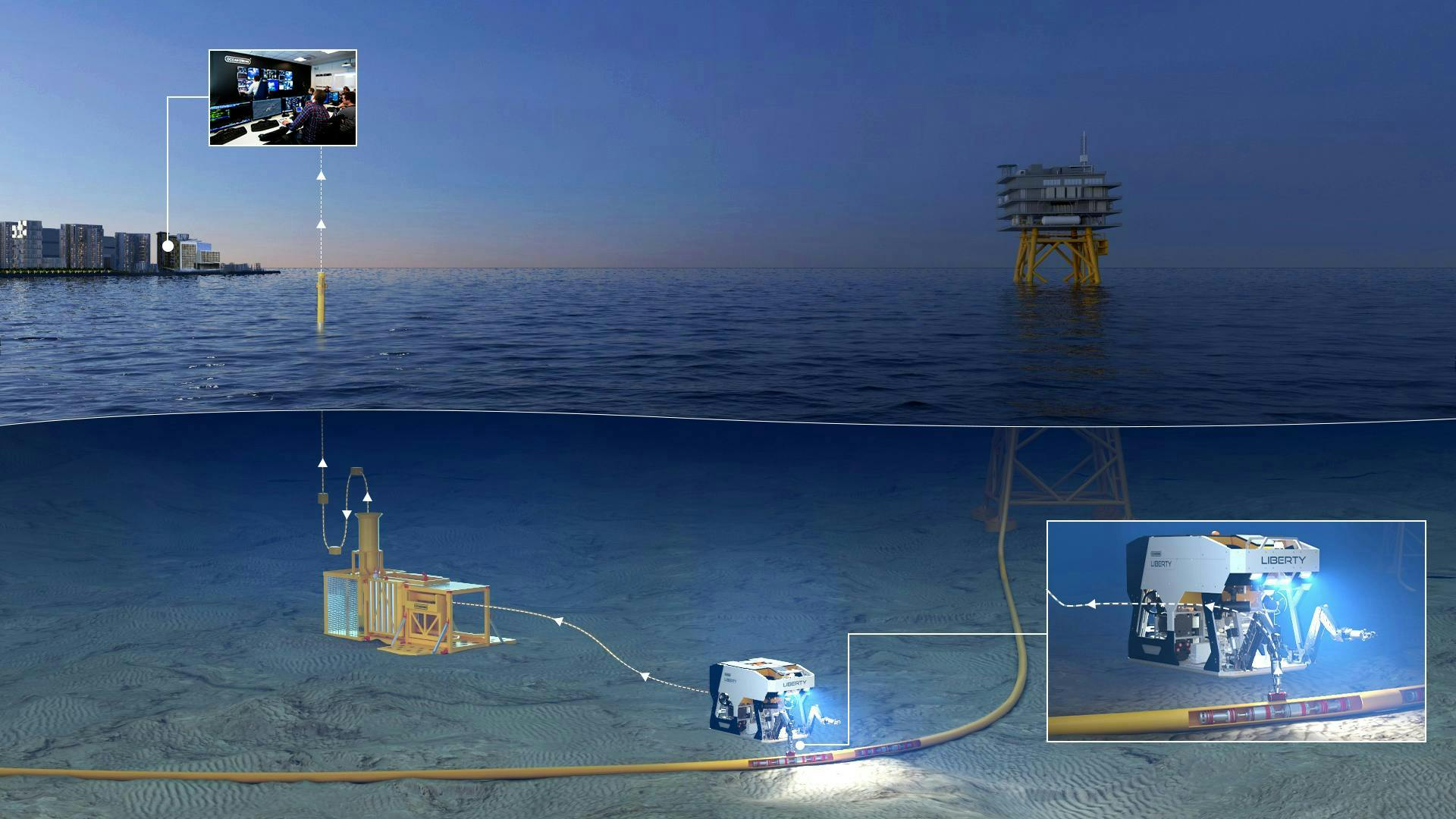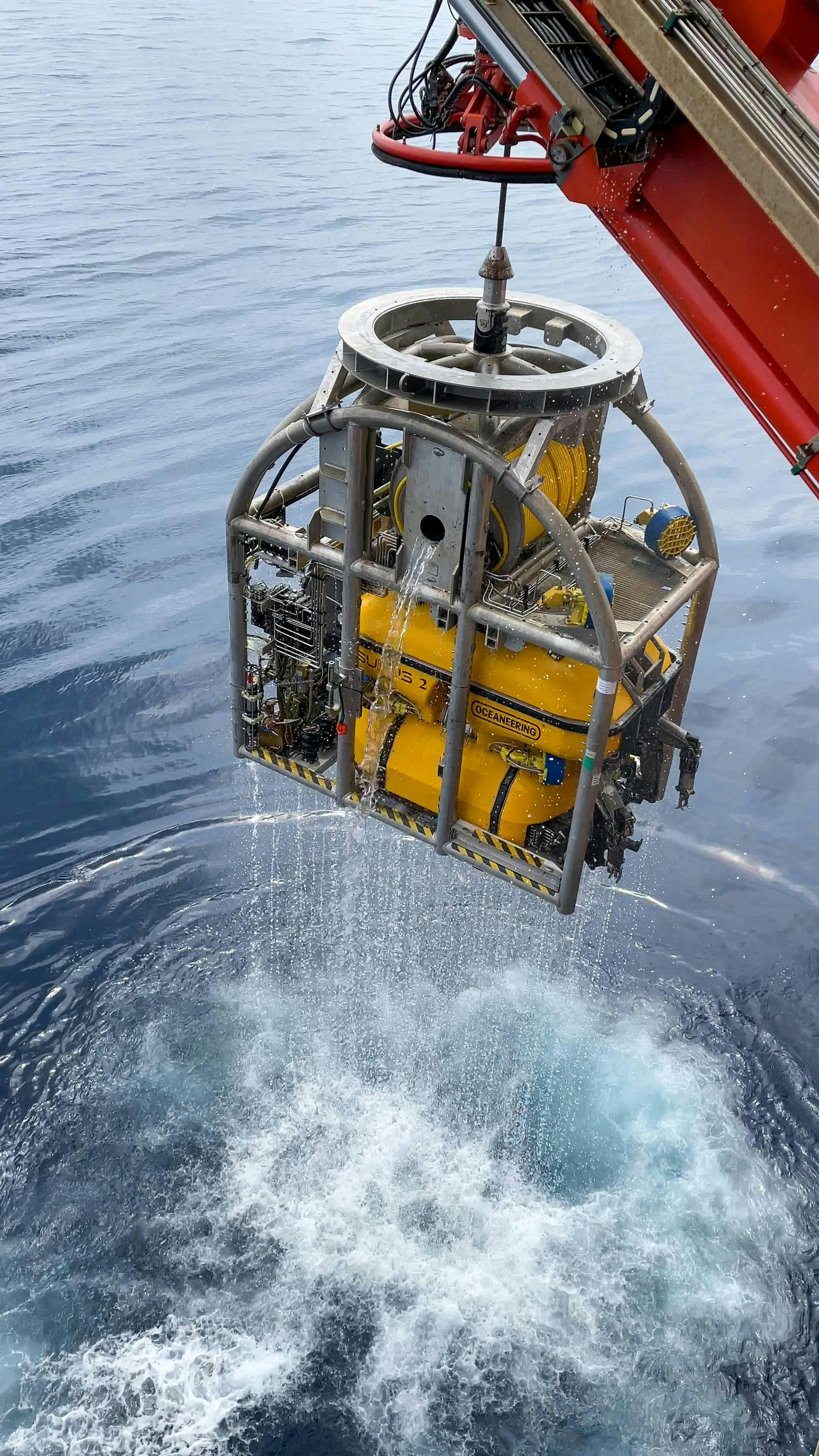Opinion: Offshore energy operators must address HSE risks
By Nikunjkumar Patel, Oceaneering
As the offshore sector faces increasing challenges—ranging from environmental sustainability to cost efficiency—the path forward lies in embracing innovation at both the technological and operational levels. Companies across the industry need to focus on these three key elements: collaborative technology development, resilience in changing market dynamics and workforce transformation.
Collaborative technology development
The future of offshore operations will rely heavily on the adoption of autonomous systems, artificial intelligence (AI) and data-driven insights. However, no single company can tackle these challenges alone. Industry-wide collaboration on research and development (R&D), shared standards and data transparency will drive faster, more effective solutions. It’s essential for key players to invest in partnerships that foster innovation and ensure interoperability of emerging technologies.
Resilience in changing market dynamics
With fluctuating global markets, geopolitical uncertainties and evolving regulatory landscapes, the offshore industry must build resilience into its operations. This means adopting flexible technologies that can scale and adapt to changing conditions, and diversifying services across energy sources—from traditional oil and gas to renewable energy solutions. Companies that can quickly pivot and adapt will be better positioned to weather market volatility and seize new opportunities.
Workforce transformation
Automation and remote technologies will reduce the need for onsite personnel, but this shift will require reskilling programs to prepare the workforce for new roles in managing and interpreting data, overseeing autonomous systems and maintaining a digital infrastructure. Offshore companies should prioritize workforce development to ensure a smooth transition into this new operational paradigm.
Leveraging technology
Oceaneering leverages advanced technologies that are designed to improve insights, efficiency and safety, especially in harsh, demanding environments. The company has three key objectives that aim to help safeguard the workforce, protect the environment and optimize operations:
- Improving operational processes through automation to reduce HSE exposure;
- Optimizing efficiency and sustainability by minimizing environmental footprints and reducing costs; and
- Delivering deeper insights through data analytics and real-time monitoring for informed decision-making.
Digitalization in the offshore energy sector
Oceaneering's four key areas of focus include remote operations, residency, autonomy and fleet management. Remote operations enable tasks to be managed from onshore, significantly reducing personnel costs and improving efficiency. This centralized approach allows subject matter experts to oversee multiple systems, ensuring expertise is available when needed.
High-reliability solutions, such as resident vehicles, play a crucial role, as systems that can operate without human intervention for extended periods enhance safety, reduce downtime and streamline operations.
Autonomy, coupled with AI and machine learning, is transforming subsea operations. It enables underwater vehicles to navigate complex environments, optimizing routes and decision-making through real-time data analysis.
Fleet management further enhances subsea operations by interconnecting robotic fleets, where AI enables seamless collaboration and efficient execution of tasks, boosting safety and productivity across the board.
Technology investment
Oceaneering invests in subsea technologies that have been qualified through years of rigorous testing around the world.
The company's Liberty resident system is a docking system for remote or resident operations, reducing the need for a surface vessel. Liberty can house ROVs and AUVs, offering 550 kwh of battery power. It can communicate with an onshore remote operations center via an integrated buoy, rig downline or subsea infrastructure connection. This technology has the potential to save substantial operational costs while enhancing safety. Liberty can perform work-class tasks within a 1,000-m working radius, eliminating the need for a support vessel and mobilization of personnel offshore. This capability is particularly beneficial during critical operations where timely responses are essential.
The company's Freedom autonomous underwater vehicle (AUV) leverages advanced autonomy to provide a more efficient and environmentally friendly method for completing operations. Freedom offers a faster alternative to traditional work-class ROVs. Its ability to operate in close proximity to pipelines and umbilicals enables its advanced autonomous software to trigger inspection behaviors when it detects points of interest. As a result, Freedom provides full inspection coverage of the pipeline length with higher data resolution than traditional AUVs.
The Isurus ROV, designed for harsh environments, enables the completion of work scopes in challenging conditions, including severe current environments, while effectively reducing risk, costs and time spent waiting for favorable weather. Suitable for both shallow and deep water, Isurus is ideally suited for renewable energy applications and high-speed ROV surveys.
Additionally, Oceaneering has released a new uncrewed surface vehicle (USV) service. These remote-controlled and supervised autonomous vehicles operate in tough offshore conditions, ensuring optimal data quality while reducing downtime. The USVs’ endurance and speed make them ideal for high-speed nearshore surveys. The company's integrated ROV and survey services further optimize offshore drilling operations by eliminating the need for survey personnel onboard vessels, reducing HSE exposure and increasing efficiency.
Conclusion
By collaborating on technological advancements, prioritizing resilience and focusing on workforce transformation, the sector can ensure long-term resilience and success. However, the offshore industry must not only adopt these technologies, but actively shape their evolution. The time to act is now as the industry urgently stands at the threshold of an unprecedented technological transformation that will define its future.
About the Author

Nikunj Patel
Nikunj Patel has more than 20 years of experience in the energy industry. He serves as vice president of engineering and technology at Oceaneering, where he leads new product development, emerging technology and operations.
Throughout his career, Patel has held roles such as engineering manager and general manager, driving success across multiple business units. He holds master's degrees in mechatronics and mechanical engineering from Wichita State University.




